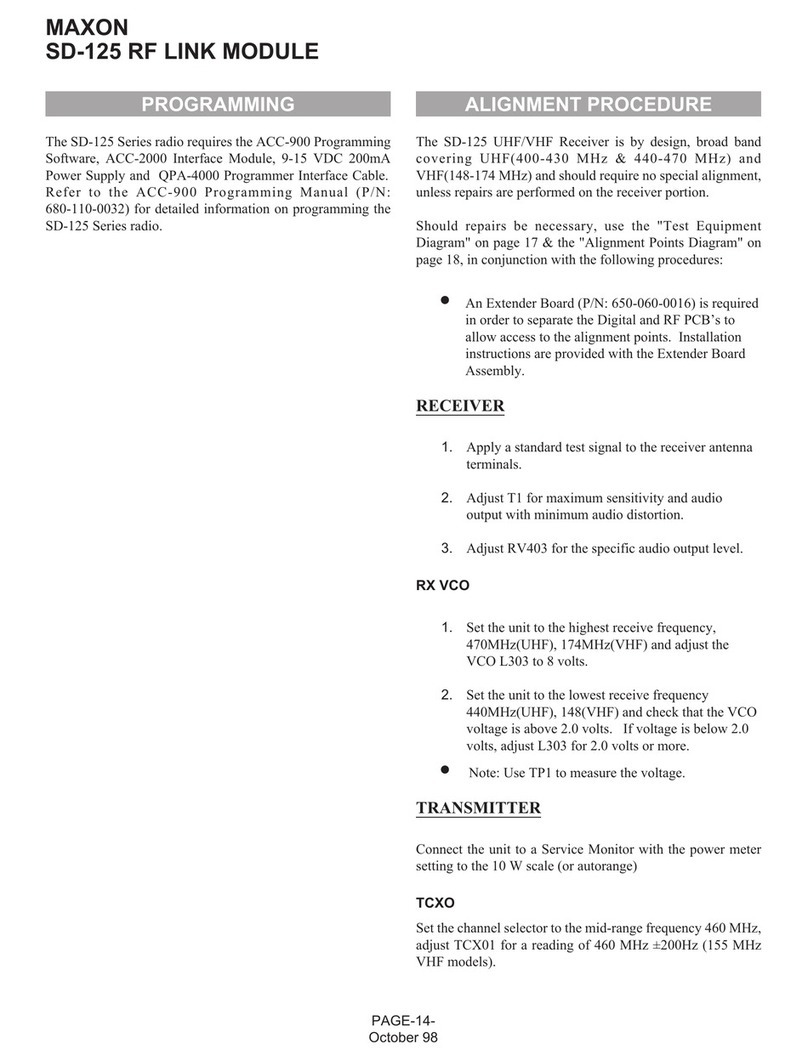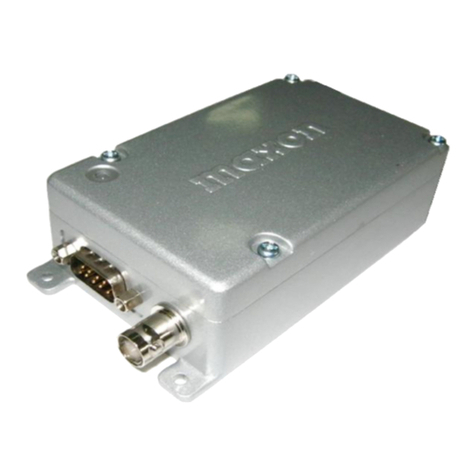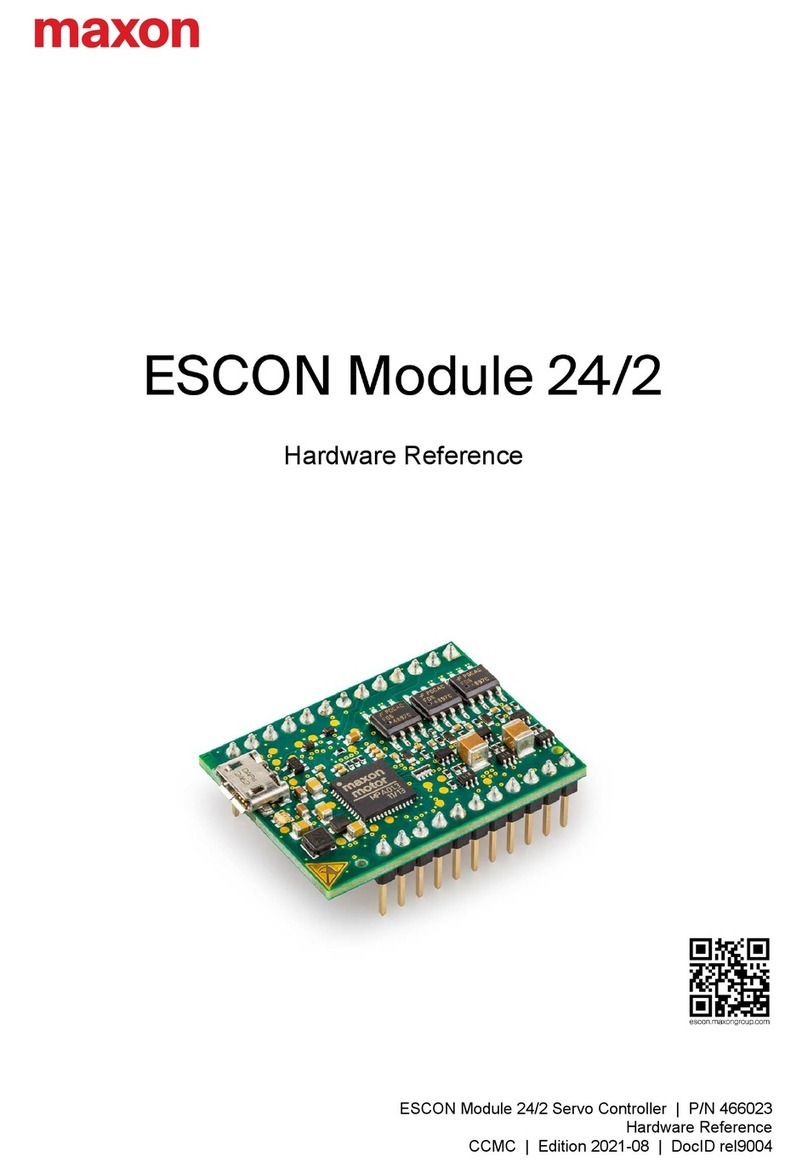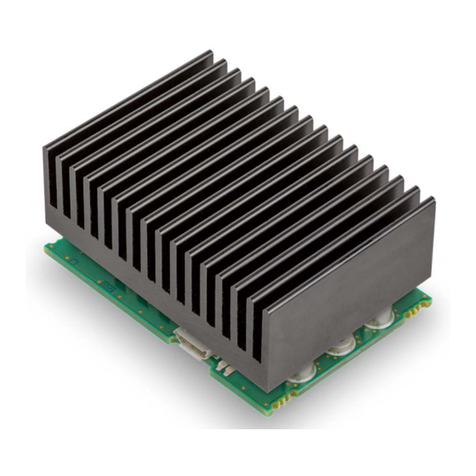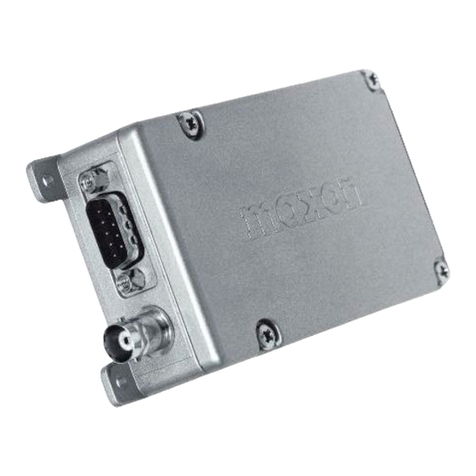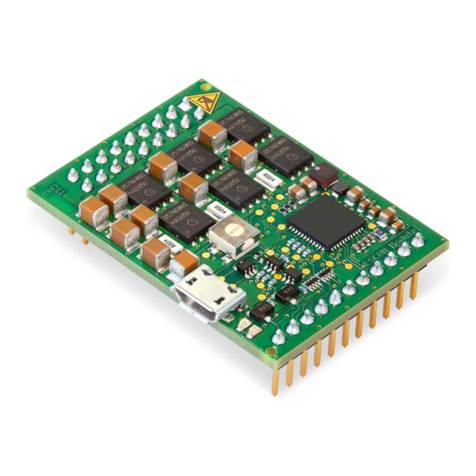
TABLE OF CONTENTS
TABLE OF CONTENTS ............................................................i
SPECIFICATIONS ................................................................1
UNPACKING.....................................................................7
INTRODUCTION .................................................................8
FEATURES ......................................................................8
THEORY OF OPERATION ........................................................9
INTRODUCTION ...............................................................9
DIGITAL CIRCUITS ............................................................9
RF CIRCUITS ..................................................................9
RF CIRCUITS PLL SYNTHESIZER ...............................................10
RECEIVER ...................................................................10
MAINTENANCE AND REPAIR....................................................12
GENERAL....................................................................12
REMOVING & REPLACING THE UPPER COVER ..................................12
REMOVING & REPLACING THE DIGITAL BOARD & SHIELD PLATE ...............12
REMOVING & REPLACING THE RF BOARD......................................13
PROGRAMMING ................................................................14
ALIGNMENT PROCEDURE ......................................................14
RECEIVER ...................................................................14
TRANSMITTER ...............................................................14
TEST EQUIPMENT SETUP .......................................................17
ALIGNMENT POINTS DIAGRAM .................................................18
COMPONENT REPLACEMENT...................................................19
TROUBLESHOOTING GUIDE ....................................................20
VOLTAGE CHART ..............................................................21
SD-125 DIGITAL BOARD (COMMON) PARTS LIST (650-010-0029) ....................25
SD-125 (U1 400-430MHz) RF BOARD PARTS LIST (650-020-0027) ......................27
SD-125 (U2 440-470MHz) RF BOARD PARTS LIST (650-020-0026) ......................30
SD-125 (V2 148-174MHz) RF BOARD PARTS LIST (650-020-0029) ......................33
COMPONENT PINOUT ..........................................................37
WIRING DIAGRAM .............................................................41
SCHEMATICS, BLOCK DIAGRAM & PCB’s........................................43
BLOCK DIAGRAM ............................................................43
DIGITAL BOARD SCHEMATIC .................................................44
RF BOARD (148-174MHz) SCHEMATIC ..........................................45
RF BOARD (400-430MHz) SCHEMATIC ..........................................46
RF BOARD (440-470MHz) SCHEMATIC ..........................................47
TCXO SCHEMATIC ...........................................................48
VCO (148-174MHz) ............................................................48
PAGE-i-
October 98
MAXON
SD-125 RF LINK MODULE
